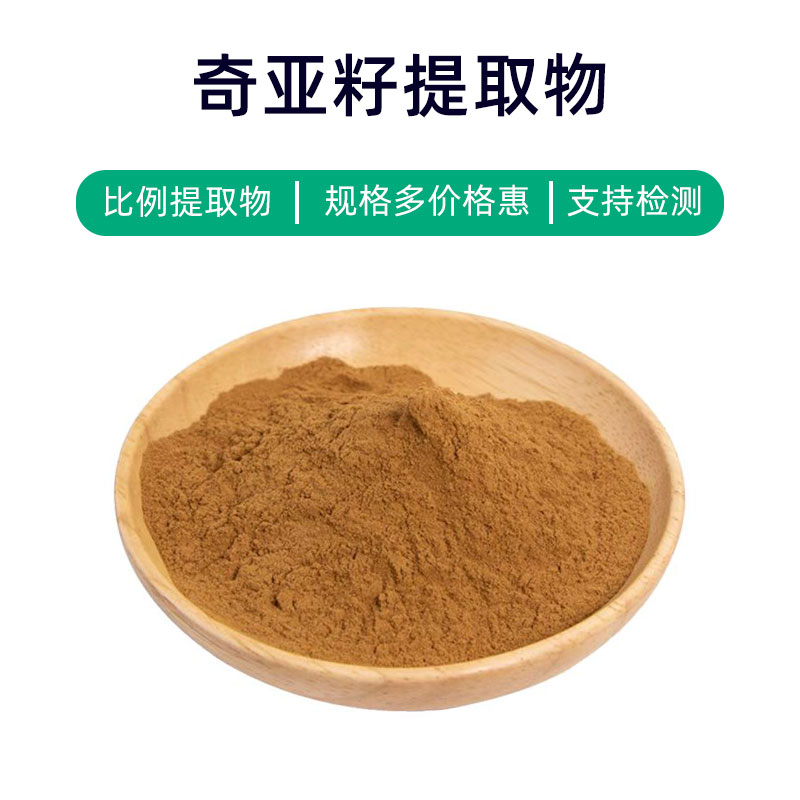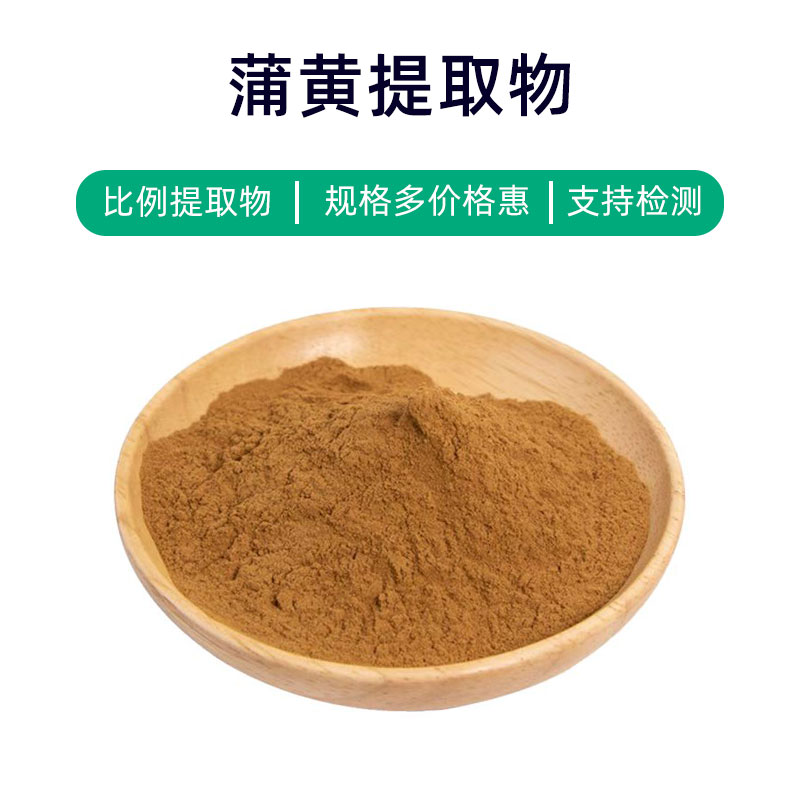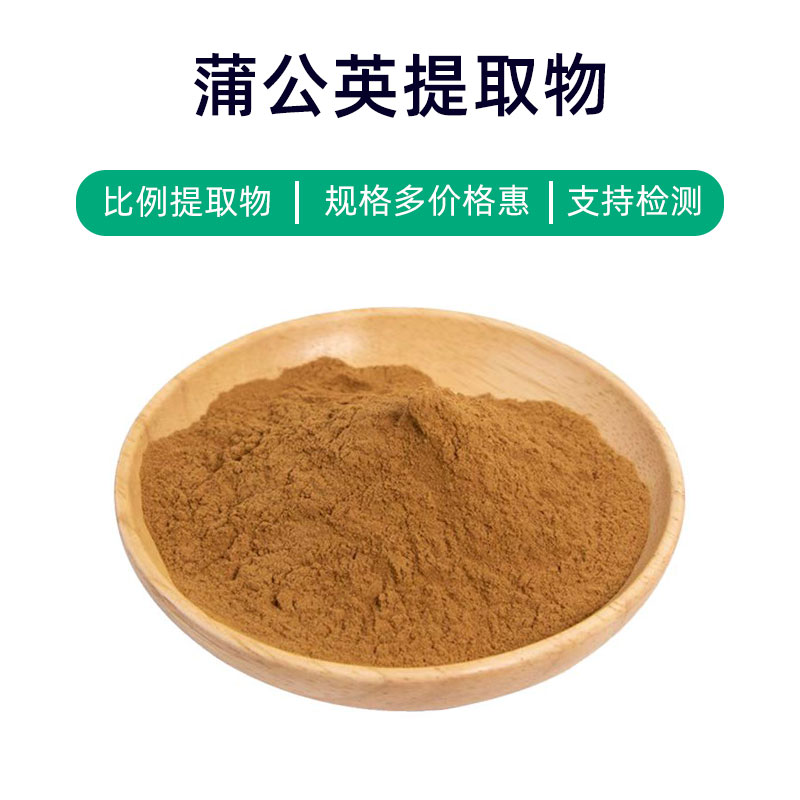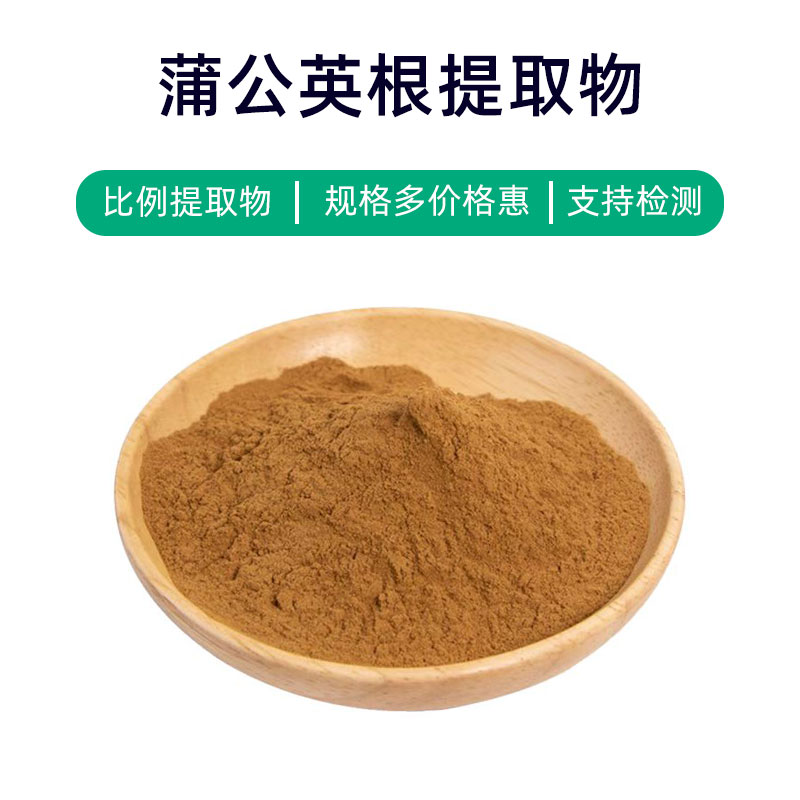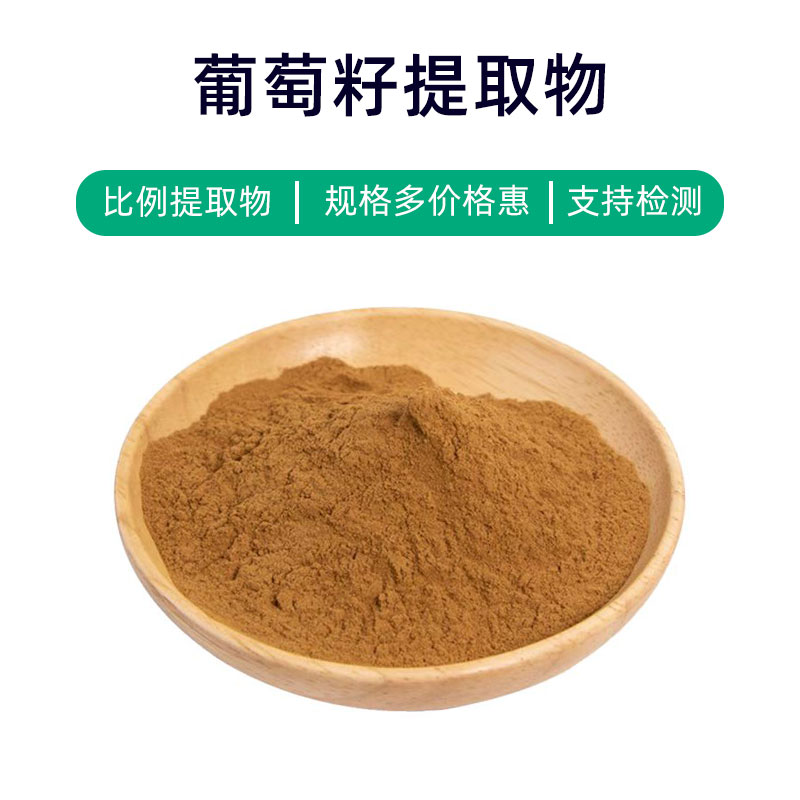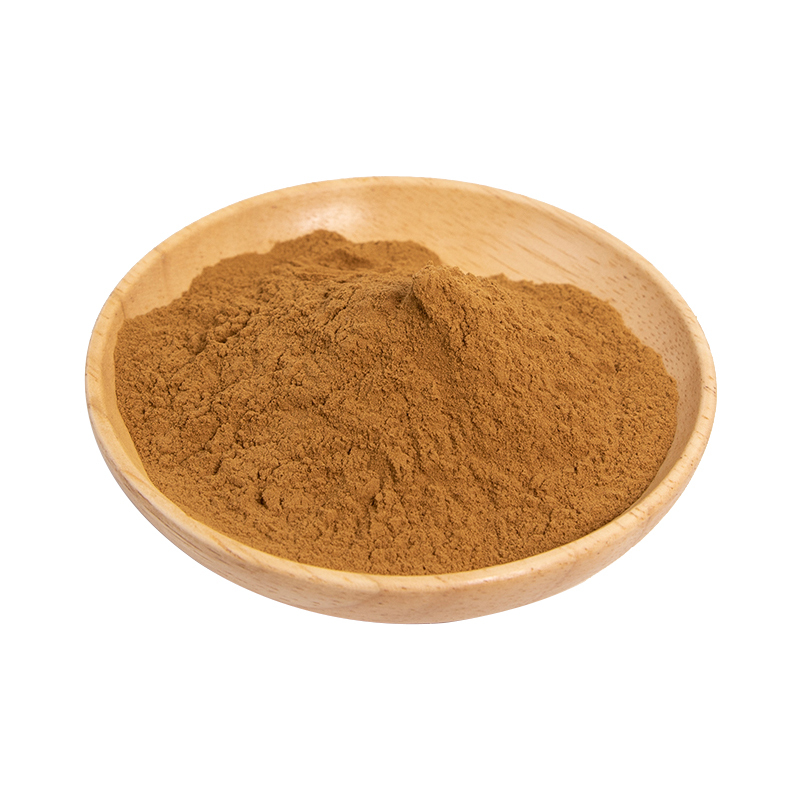Senna Leaf Extract Product Introduction
Senna leaf extract is derived from the leaves of the senna plant and contains key components like sennosides and anthraquinones. These ingredients provide a variety of effects and applications. Senna leaf extract is widely utilized in the fields of pharmaceuticals, dietary supplements, and cosmetics.
One of its primary uses is as a natural laxative, offering relief for constipation. The extract encourages intestinal motility and increases stool bulk, which helps alleviate constipation issues. Additionally, senna leaf extract is used as an intestinal cleanser in certain medical procedures.
In the dietary supplement sector, senna leaf extract is often included in detox and beauty products, helping to eliminate toxins from the body, purify the intestines, boost metabolism, and improve skin condition. Furthermore, it is believed to possess antioxidant and anti-inflammatory properties that contribute to overall health.
In cosmetics, senna leaf extract is commonly added to skincare products to help balance the skin, control oil production, cleanse pores, and address acne-related issues. It is also utilized in hair care products to help eliminate dandruff and maintain clean, healthy hair.
Overall, senna leaf extract, as a natural plant extract, offers various benefits and applications, widely used in medicine, dietary supplements, and cosmetics, providing valuable support for health and beauty.
Senna Leaf Extract Production Process
The production process of senna leaf extract typically involves the following main steps:
- Raw Material Preparation: Fresh senna leaves are collected as raw materials. The harvested leaves undergo preliminary washing and sorting to remove impurities and any non-standard leaves.
- Extraction Process: Extraction is a key step in producing senna leaf extract. Common extraction methods include water extraction, ethanol extraction, and supercritical fluid extraction. During the extraction process, appropriate solvents and conditions are used to extract active ingredients from the senna leaves, resulting in a liquid extract.
- Concentration: After extraction, the liquid extract is concentrated to remove the solvent and moisture, thus concentrating the active components.
- Filtration and Clarification: The concentrated extract undergoes filtration and clarification to remove residues, impurities, and suspended particles, ensuring the product's purity and clarity.
- Drying Concentrated Extract: The filtered and clarified extract is dried, typically using spray drying, vacuum drying, or reduced pressure drying methods, to eliminate moisture and produce a powdered or block form of the extract.
- Grinding and Particle Size Control: The dried extract is ground to achieve the desired particle size. Mechanical grinding or micronization techniques are used to control particle size and uniformity.
- Packaging and Storage: Finally, the ground extract is packaged and stored. It is typically sealed to protect against moisture and oxidation and stored in a dry, cool environment to prevent exposure to sunlight and high temperatures, maintaining product quality and stability.
Each step in the production of senna leaf extract needs rigorous control to ensure product quality and safety.
Senna Leaf Extract Efficacy and Side Effects
Senna leaf extract is a commonly used natural plant extract with various effects and actions, primarily including:
- Laxative Effect: Senna leaf extract is rich in anthraquinone compounds, such as sennosides, which have a strong laxative effect. It can stimulate intestinal motility, increase stool bulk, and shorten the time stool remains in the intestines, helping to relieve constipation.
- Heat Cleansing: Senna leaf extract is thought to have heat-clearing effects and can be used to treat conditions of internal damp-heat, such as abscesses and hemorrhoids. It promotes the excretion of damp-heat from the body, reducing inflammation and helping improve related symptoms.
- Diuretic and Anti-Edema: Senna leaf extract also possesses diuretic properties, aiding in the elimination of excess water and toxins from the body, alleviating tissue swelling and edema, thus providing supportive treatment for edema-related diseases and nephritis.
- Blood Sugar Regulation: Studies indicate that some components in senna leaf extract may help lower blood sugar levels, supporting the management of blood sugar in diabetic patients.
- Antimicrobial and Anti-Inflammatory: The active ingredients in senna leaf extract exhibit certain antibacterial and anti-inflammatory effects, inhibiting the growth of bacteria, fungi, and viruses, thereby helping to prevent and treat infectious diseases.
- Antioxidant: Rich in polyphenolic compounds, senna leaf extract has strong antioxidant properties that can neutralize free radicals, slow down cellular aging, and promote overall health.
Use of senna leaf extract should follow medical advice, and it is important to avoid excessive or prolonged use to prevent adverse reactions. If symptoms like diarrhea, abdominal pain, or nausea occur, use should be stopped immediately, and a doctor should be consulted. It is recommended that pregnant women, nursing mothers, and children use it under medical guidance.
Senna Leaf Extract Application Scenarios and Dosage
Senna leaf extract has widespread applications in pharmaceuticals, food products, and cosmetics. The following sections highlight its usage and dosage in these fields:
- Medical Field:
- Constipation Treatment: Senna leaf extract is typically used for treating constipation, with a common adult dosage being 2-4 grams per oral dose, taken 1-2 times daily. Dosage for children should be halved.
- Damp-Heat Conditions: For diseases characterized by damp-heat, it can be combined with other medications, and the dosage should be adjusted based on a doctor's advice.
- Food Industry:
- Food Additive: Senna leaf extract can be employed as a food additive in flavor enhancers, dietary supplements, etc., usually added in accordance with food safety standards, with dosage adhering to national regulations.
- Cosmetic Industry:
- Skincare Products: Senna leaf extract can be incorporated into skincare products to purify the skin and control oil production, with a recommended addition rate typically between 0.5%-2%.
- Shampoos: It can also be added to shampoo products to help balance the scalp and cleanse hair, with recommended addition rates of 0.5%-2%.
When using senna leaf extract, the following principles should be adhered to:
- When used in the medical field, medications should be taken responsibly according to doctors' recommendations, avoiding excessive or prolonged use.
- In food and cosmetic applications, addition rates should align with product formulation needs and safety standards, preventing overuse.
Additionally, because of its laxative properties, excessive use may lead to diarrhea, abdominal pain, or other adverse effects; therefore, careful dosage control is necessary to avoid uncomfortable reactions. For special populations, such as pregnant women, nursing mothers, and children, usage should be guided by a doctor.
Senna Leaf Extract Source Plant Introduction, Distribution, and Growing Environment
Senna leaves (scientific name: Cassia angustifolia Vahl), commonly known as senna or Alexandrian senna, belong to the legume family and are a common medicinal plant. The leaves are rich in medicinal components and are widely utilized in medicine and health products.
Plant Overview:
Senna leaves grow as a perennial herb, typically 1-2 meters tall. The leaves are alternate, long, and narrow, with a lanceolate shape and deep green, scale-like glands. The flowers are small, yellow, borne in racemes, and produce long, oblong pods containing multiple seeds.
Distribution:
Senna leaves are native to northeast Africa and the Arabian Peninsula and are now extensively distributed across tropical and subtropical regions of Asia, Africa, and the Americas, primarily thriving in arid areas and grasslands below 1,000 meters of elevation.
Growing Environment:
Senna leaves prefer sunny, well-drained soils and are not overly particular about soil types, showing adaptability to calcareous, sandy, and clayey soils. They thrive in dry, warm climates and can withstand relatively high temperatures and drought conditions, but they are not tolerant of cold or humid conditions.
The growth cycle of senna leaves is relatively long, generally taking 2-3 years to reach the optimal harvest period. During cultivation, appropriate management practices like fertilization, irrigation, and weeding are essential to ensure healthy plant growth and high medicinal quality of the leaves.
Overall, senna leaves, as an important medicinal plant, can effectively grow and reproduce in suitable environments, providing rich medicinal resources.
Senna Leaf Extract Processing and Storage
The processing of senna leaf extract mainly involves picking, drying, grinding, and extracting. First, fresh senna leaves should be promptly harvested and dried in a cool, ventilated area until the leaves are fully dried. Then, the dried leaves are ground into a powder for subsequent extraction processes. Finally, an appropriate extraction method, such as water or alcohol extraction, is used to extract the medicinal components, producing senna leaf extract.
Regarding storage, senna leaf extract should be kept in a dry, cool, well-ventilated environment, avoiding direct sunlight and humid conditions. It is also essential to protect it from moisture to prevent deterioration. Correct storage methods can extend the shelf life of senna leaf extract, ensuring its efficacy and quality.
Monica Sun is a seasoned expert in the plant extraction industry with over a decade of experience in research and production. She specializes in the extraction and purification of plant active ingredients, focusing on driving innovation in natural product applications. Monica has participated in the development of multiple functional plant extracts, delivering high-value natural raw material solutions for the health food, pharmaceutical, and dietary supplement sectors.









